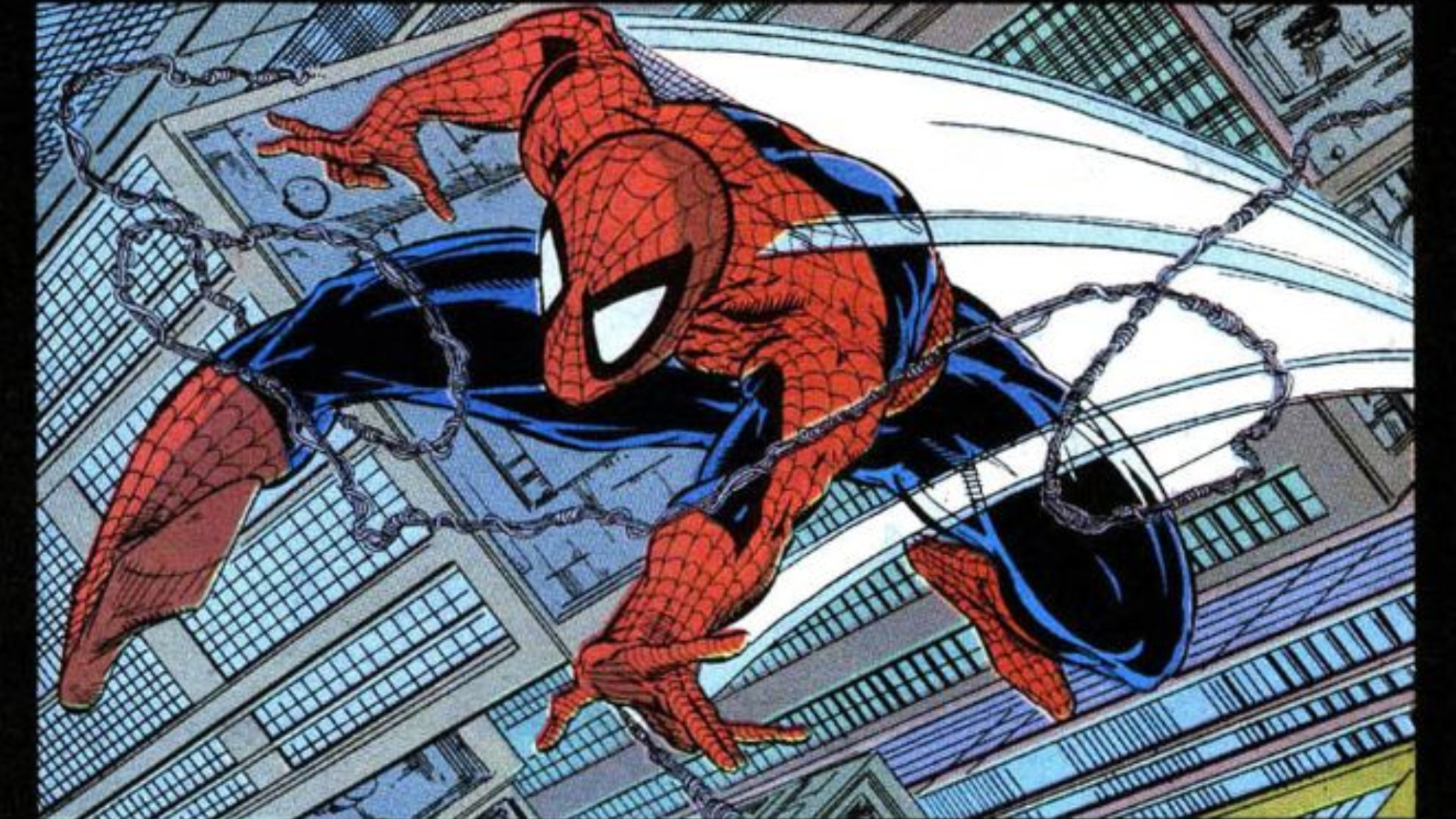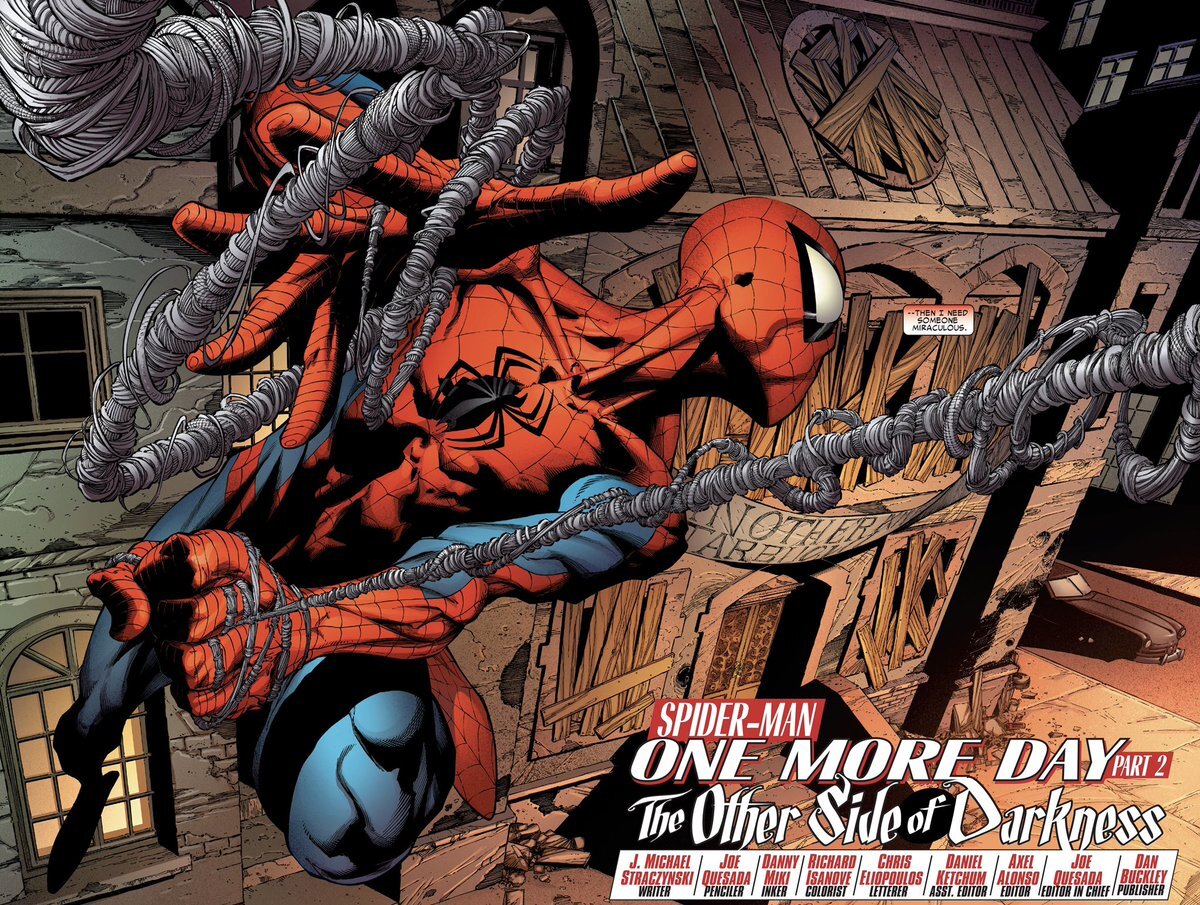
The character of Spider-Man demonstrated that Marvel’s approach to creating relatable superheroes – ones that mirrored their readers – would be a trendsetting path for the future. Even though Marvel was already well-known when Spider-Man first appeared, “The Amazing Spider-Man” soon became Marvel’s most beloved comic book series. Throughout its history, Spider-Man has been involved in some of Marvel’s finest stories and provided numerous memorable moments to readers. Much like Batman and Superman, Spider-Man transcended the realm of comics and became a media sensation as well. Today, Spider-Man stands tall among the most popular superheroes globally, with countless fans across multiple generations who have grown up with this iconic character.
While Spider-Man is generally well-loved, he’s not immune to tough times. Just like any long-running comic character, there have been varying interpretations over the years due to different creators and editors involved. These shifts can lead to some spectacular highs, but also make noticeable lows more impactful. Unfortunately, Spider-Man has faced some particularly challenging periods in his comics, and these seven instances stand out as the most problematic.
7) Character Regression

As a die-hard movie buff, I’ve always found Spider-Man to be Marvel’s most identifiable character – a guy who, much like us fans, has evolved over the years in ways that resonate deeply. Initially, Peter Parker was an awkward teenager grappling with financial woes and caring for his elderly aunt – characters many of us could relate to.
Over time, he matured into a college-going adult juggling relationships, jobs, and his superhero duties – a journey we witnessed unfold. His marriage to Mary Jane marked a significant milestone, but even with new challenges, everything seemed to fall into place rather nicely.
However, it appears that Marvel’s editorial team never fully embraced Peter’s growth beyond his early years as the lovable yet hapless teenager. The past 18 years or so have seen an aggressive regression of the character, which, while making problems relatable, has taken it to absurd levels (pun intended).
Time and again, Peter would find success – whether in terms of wealth, status, or a good job – only to lose it all in the next story arc. It’s as if he’s constantly being pushed back to his struggling twenties, which can get quite grating after a while. The readers have grown up, but unfortunately, Spider-Man hasn’t been allowed to do so, held back by editorial decisions.
6) John Byrne’s Spider-Man Reboot

In the ’90s, Spider-Man experienced tough times (which we’ll delve into later), and towards the close of the decade, Marvel Comics decided to take a fresh approach. They approached writer/artist John Byrne, who had earned a reputation as a reboot specialist following his work on Superman and later Wonder Woman at DC Comics. In the mid ’90s, he soft-rebooted these characters. Marvel believed that Byrne could revitalize Spider-Man, so they assigned him to create a new origin story for Spider-Man, titled “Spider-Man: Chapter One“. They also allowed him to co-plot and draw “The Amazing Spider-Man” with writer Howard Mackie. However, Byrne’s reboot is generally overlooked today, and for good reason – it was poor quality. Spider-Man boasts one of the best origin stories in comics, and there was no need to reboot the character or introduce new elements into it. Byrne introduced Doctor Octopus into Spider-Man’s origin and presented readers with fresh initial encounters with numerous Spider-Man villains. Fans rejected this immediately, and Byrne’s tenure would be consigned to comic book oblivion as swiftly as possible, marking the end of the least inspiring decade for Spider-Man comics.
5) Todd McFarlane and Erik Larsen Leaving Marvel

During the ’90s, the initial phase for Spider-Man was quite promising, but subsequently took a turn for the worse. Todd McFarlane, known for his work on titles such as “Batman” and “The Incredible Hulk,” joined the team working on “The Amazing Spider-Man,” alongside writer David Michielinie. This dynamic duo introduced Venom and McFarlane’s artwork attracted a massive following for the character. Shortly after McFarlane came aboard, Erik Larsen stepped in as an interim artist before taking over from McFarlane with “The Amazing Spider-Man” #329.
McFarlane was then granted his own Spider-Man title, simply called “Spider-Man,” and its first issue became the bestselling comic ever for a short period. However, McFarlane felt he deserved more recognition and compensation for his work, so he and another prominent artist, Rob Liefeld, began advocating among Marvel’s top-selling artists. When their demands for higher pay and credit were denied by Marvel, they departed and formed Image Comics. This departure of McFarlane and Larsen from the Spider-Man books had a significant impact on the character, as sales remained strong but never reached the same heights post-departure.
4) Zeb Wells’s The Amazing Spider-Man Run

Following the controversial storyline “One More Day”, Spider-Man faced a wave of dissatisfaction among fans. Marvel’s response was the “Brand New Day” initiative for The Amazing Spider-Man comic, where it became a weekly publication with various top teams working concurrently to maintain the high output. Dan Slott eventually took over as writer, but his tenure was marred by fan disapproval due to perceived character mishaps. Nick Spencer followed, aiming to rectify past mistakes, such as reuniting Peter and Mary Jane. However, when Spencer departed, fans were optimistic about the future, particularly with Zeb Wells returning to Spider-Man, following his success on Hellions. Unfortunately, this anticipation morphed into intense frustration.
Wells launched the series with a mystery box narrative that had everyone hating Spider-Man without clear reasoning and introduced a new husband for Mary Jane named Paul. Although the artwork was exceptional, courtesy of John Romita Jr., Ed McGuinness, and Patrick Gleason, the storyline failed to resonate with fans. The mystery box proved disappointing, Ms. Marvel was killed off, and we were left with the Spider Who Gobbles (a Spider-Man infected with Norman Osborn’s sins). This run was widely criticized as one of the most disliked in years, rivaling that of Byrne’s, and The Amazing Spider-Man fell from its leading position on sales charts. Wells’ tenure severely damaged Spider-Man’s reputation, and the book is yet to regain its former glory.
3) “Sins Past”

J. Michael Straczynski’s tenure on “The Amazing Spider-Man” revitalized the series during its slump in the early 2000s. His narrative brought several significant changes: Peter Parker became a science teacher, rekindled his relationship with Mary Jane (who had ‘died’ and broken up earlier), introduced key villain Morlun, and altered some fundamental aspects of Spider-Man’s universe that later tied into the concept of the Spider-Verse. Readers adored it despite minor imperfections. However, “Sins Past,” illustrated by Mike Deodato Jr., marked a turning point. In this storyline, Spider-Man confronted two unknown adversaries who were eventually revealed as Gwen Stacy’s children, conceived during her time abroad in Europe. Initially, it seemed they were the offspring of Peter and Gwen, but the plot took a disturbing twist when Norman Osborn was unveiled as their father. This twist, a contentious retcon, cast a dark shadow on an otherwise well-received run. Since then, this controversial element has been erased from continuity in a complex fashion, which is beyond the scope of this explanation.
2) The Clone Saga

The Clone Saga stands as one of Spider-Man’s most significant squandered narrative potentials, a yarn that could have cemented its place among the greatest tales ever told. Reintroducing the Spider-clone from Amazing Spider-Man #149 was an intriguing concept, and the Clone Saga commenced on a promising note. Unfortunately, Marvel lacked a clear roadmap for the entire narrative, which led to its extension when sales were favorable. Over time, the writers who produced engaging stories departed from Spider-Man comics, leading to a sharp decline in quality.
One of the most contentious aspects was the revelation that Ben Reilly, the Spider-clone, was actually Peter Parker himself-an expose that left a bitter taste in the mouths of devoted Spider-Man fans. Although the conclusion isn’t too terrible-the premise of Norman Osborn orchestrating the entire affair is quite interesting-by then, readers had grown weary of the Clone Saga. The Clone Saga serves as a warning: thorough planning is crucial for crafting outstanding stories.
1) “One More Day”

The infamous “One More Day” storyline, often criticized as the worst Spider-Man narrative, marked the end of Peter Parker’s marriage due to Marvel editorial’s reluctance to depict a divorce for fear it would make the character seem older. This event unfolded following Spider-Man’s identity revelation in “Civil War,” with Kingpin aiming to kill him and Aunt May being struck by a sniper instead.
In “One More Day,” anguished over healing his aunt, Peter pleaded for help from anyone willing to oblige. The story took a dramatic turn when Peter and Mary Jane agreed to give up their marriage to Mephisto in a bid to save Aunt May’s life.
What many unaware readers may not know is that even without the marital sacrifice, “One More Day” would still be considered poor – despite its visually stunning artwork, the writing was panned due to the influence of Marvel editorial and pressure for a specific narrative outcome. Writer J. Michael Straczynski came close to having his name removed from the book, and there are whispers that some of the final chapters were actually written by editors.
The narrative is riddled with inconsistencies, clichés, and illogical leaps that often tarnish the reputation of comic books. Critics argue that this storyline has been at the root of every major issue plaguing Spider-Man comics over the past 18 years.
Read More
- The Most Jaw-Dropping Pop Culture Moments of 2025 Revealed
- Ashes of Creation Rogue Guide for Beginners
- ARC Raiders – All NEW Quest Locations & How to Complete Them in Cold Snap
- Best Controller Settings for ARC Raiders
- Where Winds Meet: How To Defeat Shadow Puppeteer (Boss Guide)
- Ashes of Creation Mage Guide for Beginners
- Where Winds Meet: Best Weapon Combinations
- Berserk Writer Discuss New Manga Inspired by Brutal Series
- Eldegarde, formerly Legacy: Steel & Sorcery, launches January 21, 2026
- Bitcoin’s Wild Ride: Yen’s Surprise Twist 🌪️💰
2025-09-04 19:23